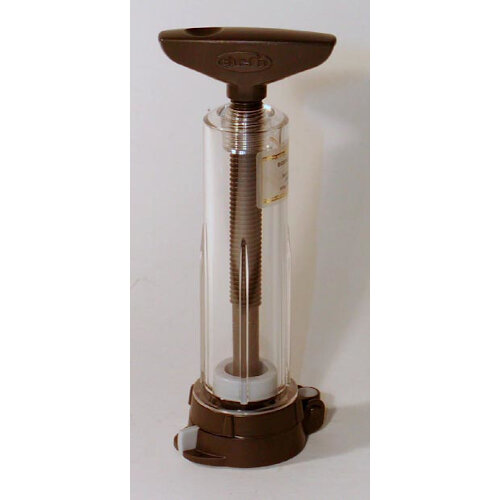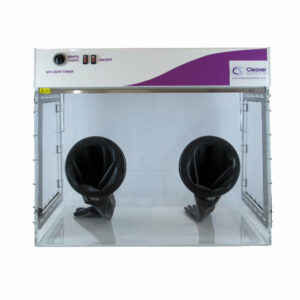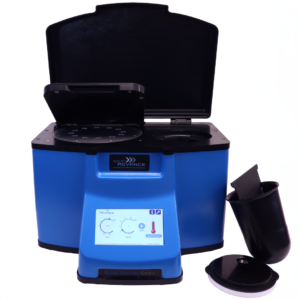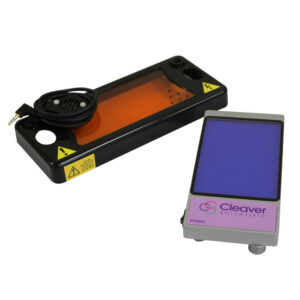Operating Instructions:
1) Acceptible tissue is soft, relatively non-fibrous and has high water content. Examples are muscle, brain, liver, plant fruits, some plant roots and tubers. If the tissue is partially fibrous, fatty or covered with a tough membrane, first manually trim off the tough or fatty parts. Fibrous tissue will interfere with the passage of the soft tissue through the press and lower the yield of dispersed cell material. Skin, hide, connective tissue, plant stems, wood and dried tissues cannot be processed.
2) Partially retract the piston cylinder of the Screw Tissue Press to make room for the tissue. Unscrew the brown 'cap' with its array of 2 mm holes from the bottom of the Screw Tissue Press and place the tissue sample into the cavity of the press.
Generally, the array of 2 mm diameter holes in the press cap is used. If your sample is soft, non-fibrous material with high water content, you can also use the 500 micron stainless steel wire sieve (included). Carefully center it on the end of the press cylinder after adding the sample tissue ans screw on the press cap.
3) Manually turn the piston to extrude the tissue. The dispersed tissue will exit the press having a paste- or granular-like texture. Depending on the amount of connective or fibrous tissue present in the sample, the yield of dispersed tissue will vary from 20-95%.
4) Extruded tissue material can be easily removed from the end of the Screw Tissue Press with a scalpel or single edge razor blade.



